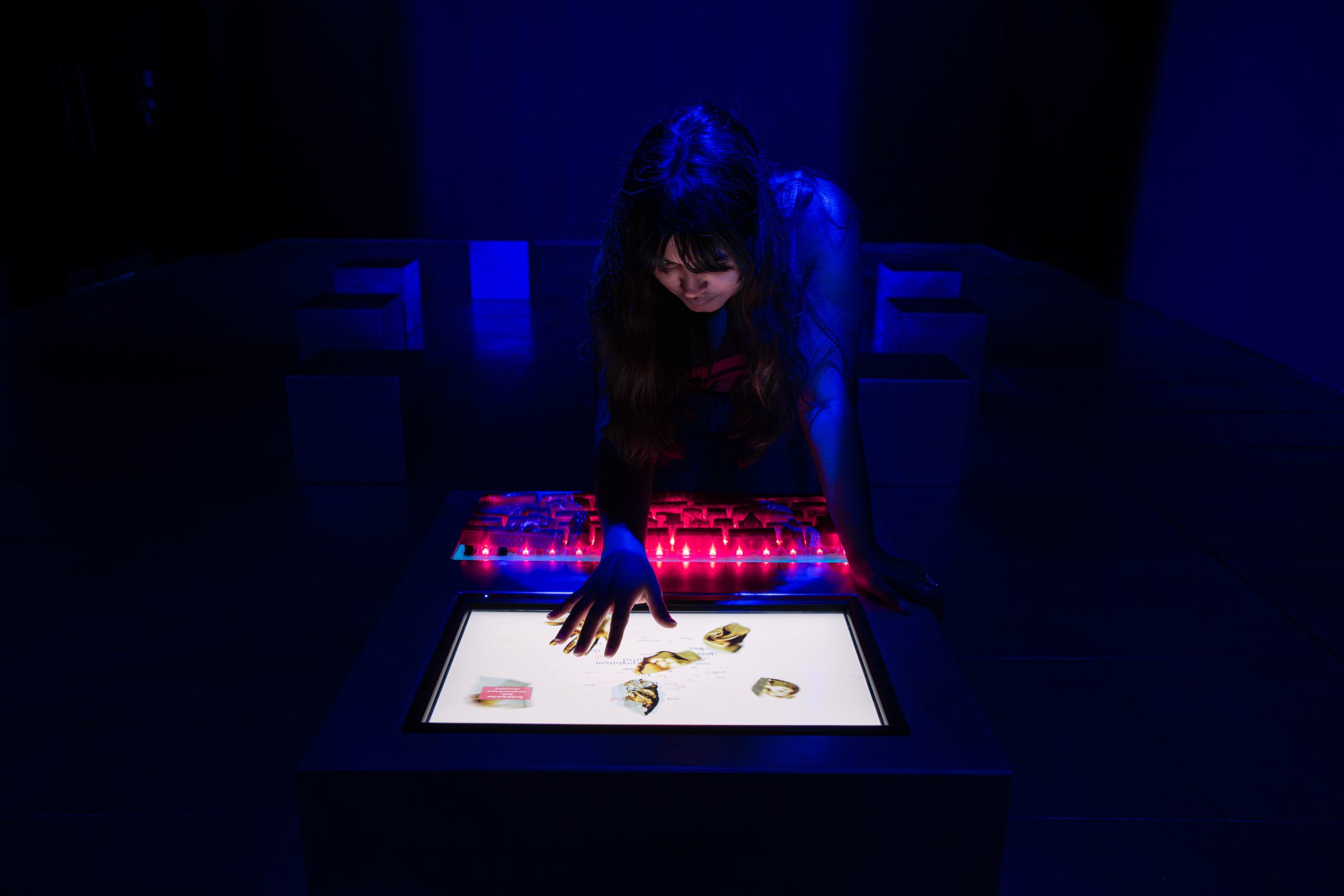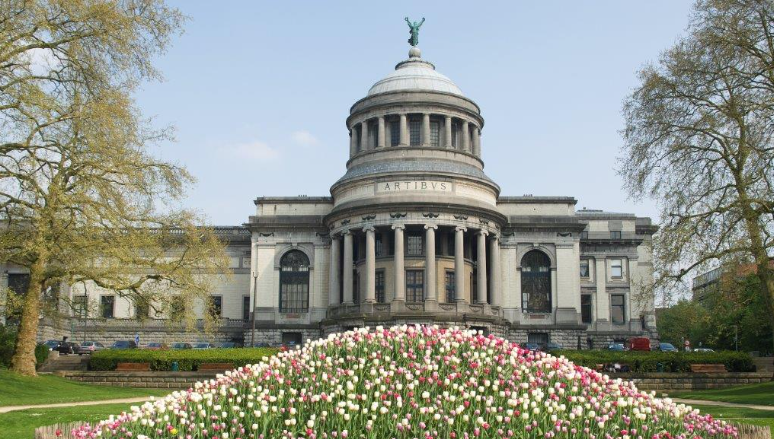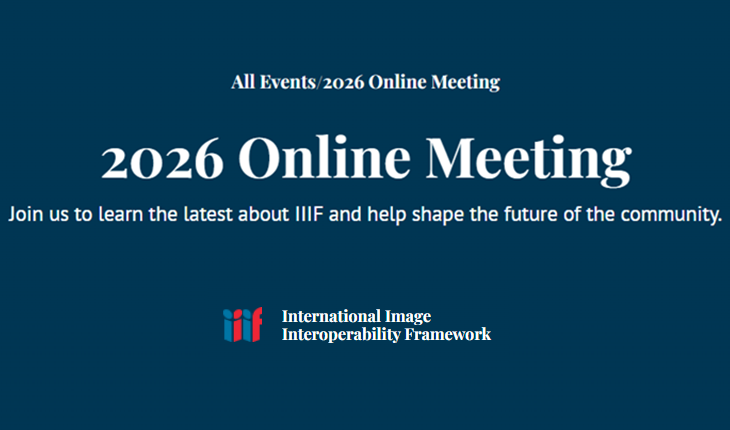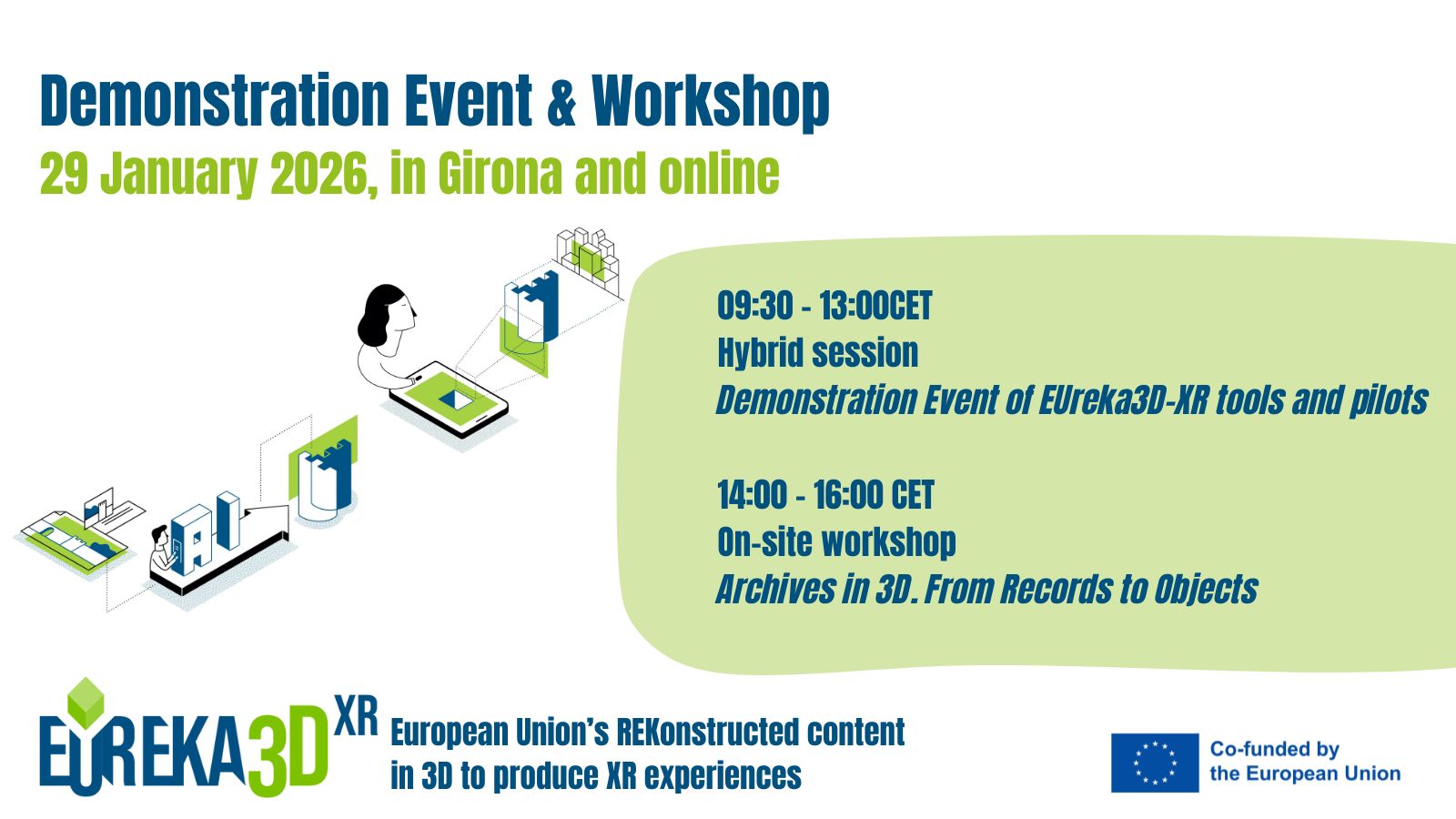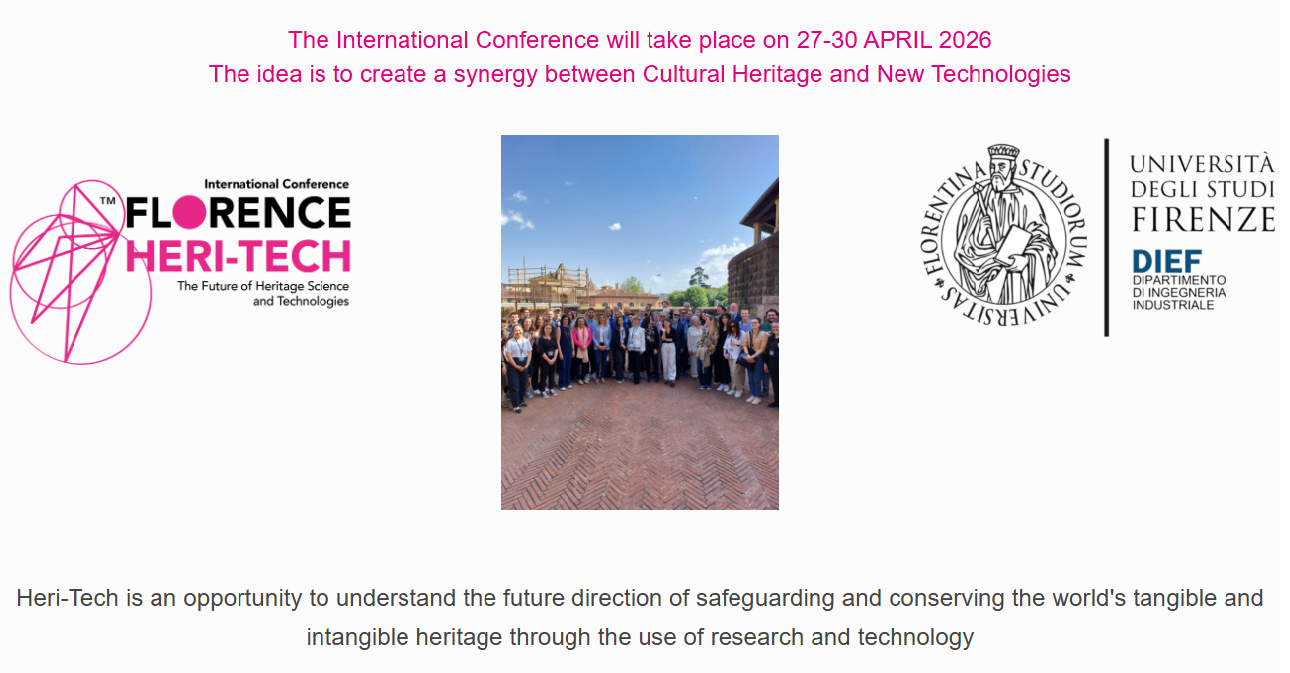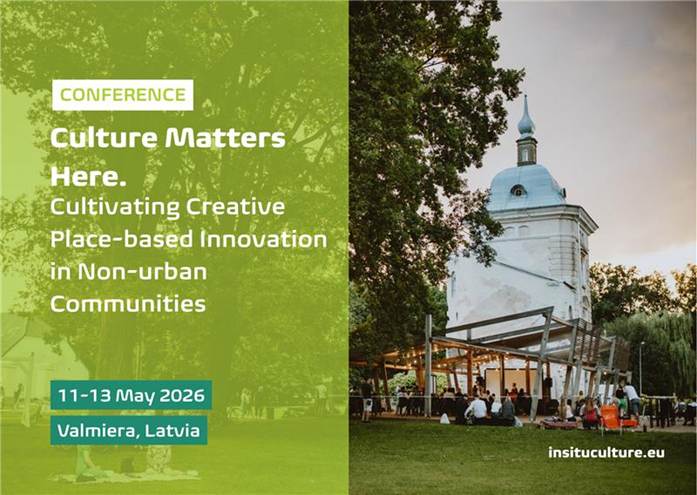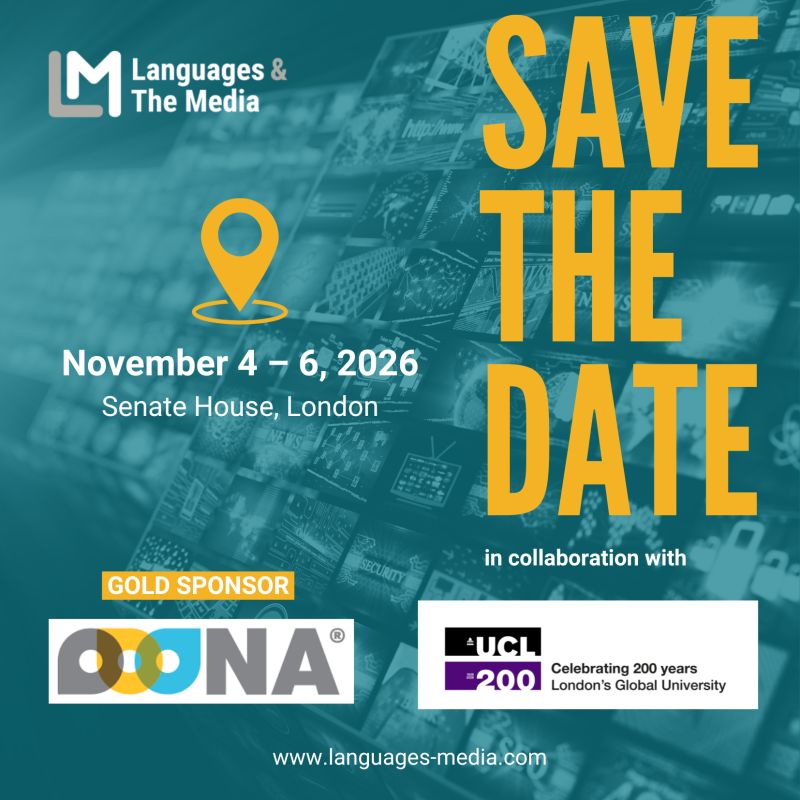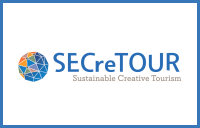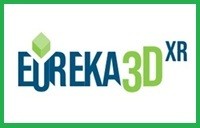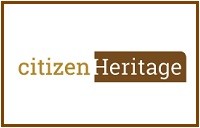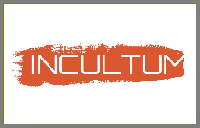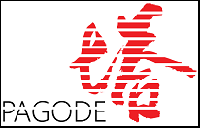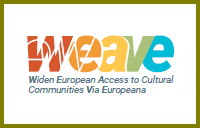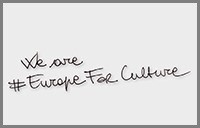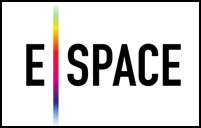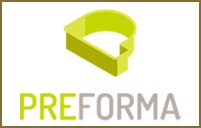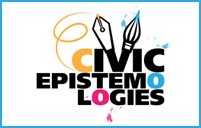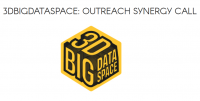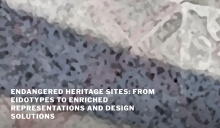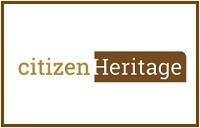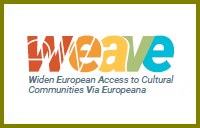Login Status
-
Free text
UPCOMING EVENTS:
 Design innovative, immersive environments that inspire change.
Design innovative, immersive environments that inspire change.Build with Bits (BwB) is an international online experience, where participants learn how to create virtual environments that generate a positive impact on local issues related to digital culture, education, and this year, we will have a special focus on sustainable … Continue reading →
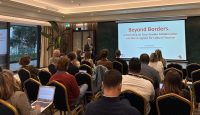 Lugano, 23-24-25 October 2025
Lugano, 23-24-25 October 2025The SECreTOUR initiatives named Beyond Borders run successfully from 22 to 25 October 2025. On the first day (22/10/2025), the partners of SECreTOUR met with representives of the sister projects that participate in the Cluster: CULTURALITY, CROCUS and TOURAL to … Continue reading →
Tag: big data
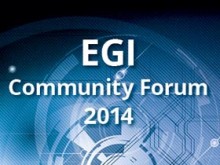
The networking session organised by PREFORMA will present to the whole digital preservation community – open source community, developers, standardization bodies and memory institutions – the new opportunities offered by the pre-commercial-procurement launched by the project. Continue reading
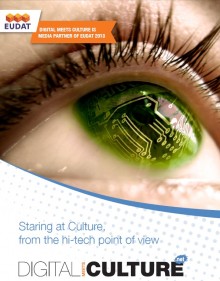
The EUDAT 2nd conference held on 28-30 Oct 2013 in Rome, was the ideal setting to showcase these services and outline the roll out phase as well as to offer hands-on training. Discussions on the new set of EUDAT services were also a feature of the conference with semantic annotation, dynamic data & workflows addressed, a natural follow on to the Working Group discussions that were held in Barcelona in Sept. 2013. Continue reading

For the Internet Festival, closed on 13th October, Incubator was the keyword for 2013. The organizers have already published the first official data of the event: 60 countries directly or virtually represented; more than 23.000 devices connected (smartphones, pc, tablets); … Continue reading
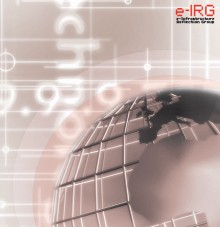
A flexible and dynamic ecosystem, providing integrated services through interoperable infrastructures. It should be open and accessible, and continuously adapting to the changing requirements of research and to new technological opportunities. Continue reading


